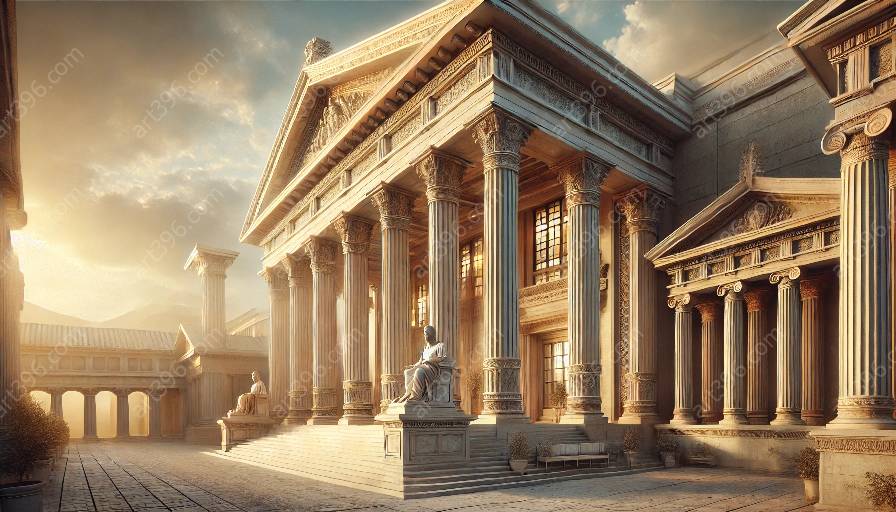Greek theaters are renowned for their exceptional acoustics, which have fascinated architects and audiences for centuries. The intricate design of these theaters was not only visually stunning but also purposefully crafted to optimize the transmission of sound, creating an immersive experience for the spectators.
Greek Architecture and Theatrical Design
The design of Greek theaters exemplifies the principles of Greek architecture, emphasizing harmony, balance, and symmetry. The theaters were often constructed into hillsides, allowing for a natural slope that facilitated exceptional sightlines and sound transmission. The semi-circular seating arrangement, known as the orchestra, served as the focal point of the theater, ensuring that every member of the audience could clearly hear the performers without the aid of modern amplification.
The acoustics of Greek theaters were further enhanced by the use of stone materials, which reflected and transmitted sound waves with remarkable precision. The careful arrangement of these stone surfaces, such as the seating bleachers and the stage backdrop, allowed for the natural amplification and diffusion of sound, harnessing the architecture to maximize the acoustic properties of the space.
Principles of Acoustical Design in Greek Theaters
The unique design of Greek theaters incorporated several principles that contributed to their exceptional acoustics. The open-air, outdoor setting allowed for the dispersion of sound waves and minimized reverberation, ensuring that even distant or soft sounds could be heard with astounding clarity. The semi-circular construction of the theaters also facilitated the natural projection of sound towards the audience, creating an immersive and enveloping auditory experience.
The strategic placement of the theaters, often in locations with natural acoustic advantages, further demonstrated the meticulous attention given to acoustical considerations. These theaters were not merely venues for performances; they were architectural marvels engineered to showcase the interplay between sound and space, elevating the art of theater to new heights.
Legacy in Modern Architecture
The principles of acoustical design embodied by Greek theaters have left an enduring legacy in modern architectural practices. Architects and acoustic engineers continue to draw inspiration from the innovations of ancient Greek theaters, applying similar concepts to contemporary performance venues, concert halls, and amphitheaters.
By recognizing the symbiotic relationship between architectural design and acoustics, modern architects strive to create spaces that enrich the auditory experience, fostering a deep connection between performers and audiences. This enduring legacy speaks to the timeless relevance of the design of Greek theaters and its profound influence on the evolution of architectural acoustics.

















































































